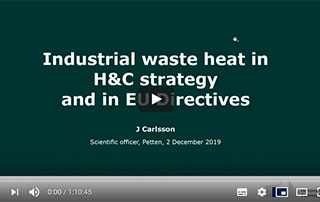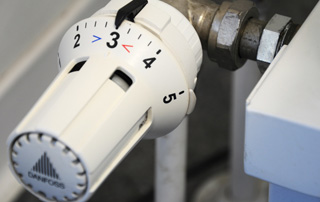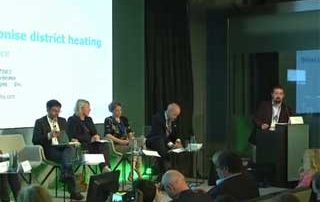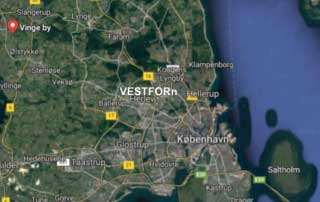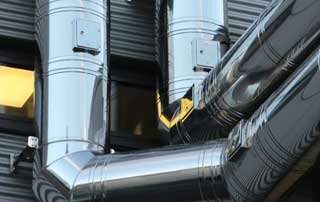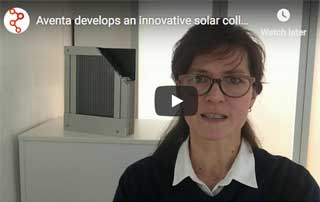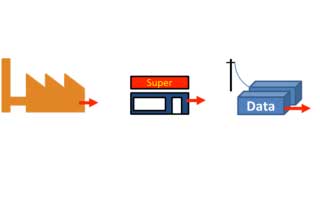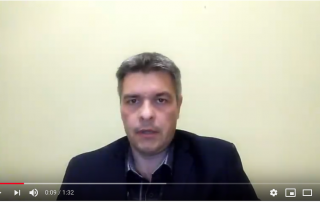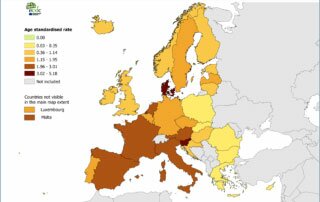Watch the Integration of Industrial Waste Heat in District Heating Systems [webinar]
Do not miss the recording of the second RELaTED webinar on the Integration of Industrial Waste Heat in District Heating and learn about the role of waste heat in DHs and the RELaTED project DH concept! What’s new in District Heating Systems (DHs)? DHs have traditionally been designed to be operated with central energy production facilities and a variety of distributed consumption locations (dwellings, tertiary buildings, etc). In some cases, heat is partially obtained from local industrial waste heat streams, leading to almost de-carbonized heating energy supplies. In case you did not know about the role of waste heat in DHs, after watching this webinar you may have upskilled your knowledge about its benefits. Furthermore, the webinar allowed the [...]

